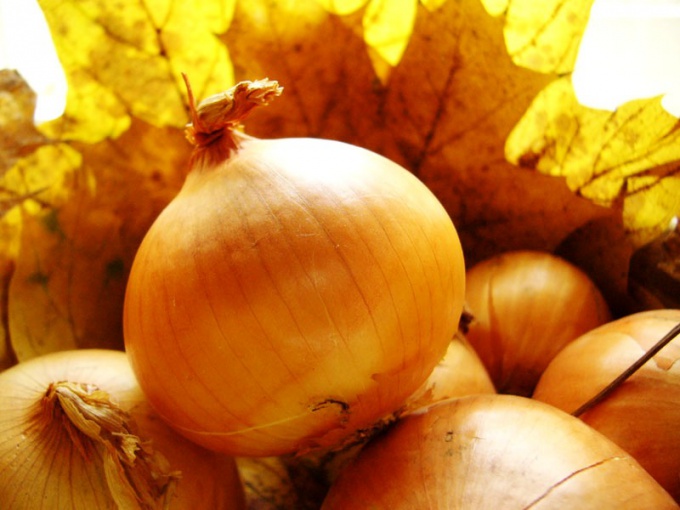You will need
- small onions for planting;
- ammonium nitrate, urea, superphosphate and humus (for feeding);
- Bordeaux liquid;
Instruction
1
Often onions are planted in late April - early may. Late planting reduces the yield. Two weeks before placing the bulbs in the garden for hours heat them at a temperature of 40-45 degrees – this procedure increases the resistance of plants to disease.
2
The distance between rows of onions should be at least 20 cm is Normally in the garden and plant in three rows; hence, the most convenient width for the beds is about 80 cm Beds do immediately after digging to the earth warmed. Bow likes a Sunny position and light, breathable ground (so always loosen the garden after watering or rain). Onion water as needed and stop watering as soon as the feathers turned yellow.
3
When will the greens, spend the first top dressing of ammonium nitrate or urea (table spoon on a water bucket). You can also apply compost and superphosphate. Repeat the feeding when they grow up 3-4 pen green onions. For the prevention of diseases three weeks after planting, treat the bow Bordeaux liquid. Chemicals to be sprayed is impossible, because the bow is then used in food. Manure is also better not to use because it helps grow the arrows and inhibits the development of follicles.
4
If arrow bow bow, wither and turn yellow, a sure sign that harvest is near. Proceed, when such drooping plants in the garden will be more than half. This occurs around the end of August.
Note
Remember that onion should not be grown in the same place. Do repeated crops on the same beds every four years. The best precursors for onions – zucchini, cabbage, cucumbers, tomatoes and early potatoes.
Useful advice
Put the onions in dry weather. After you can further dry the crop, spread out onions on the ground under the sun or by removing in a room with temperature of 25 – 30 degrees. Well-ripened and dried onion has a dark husk.
